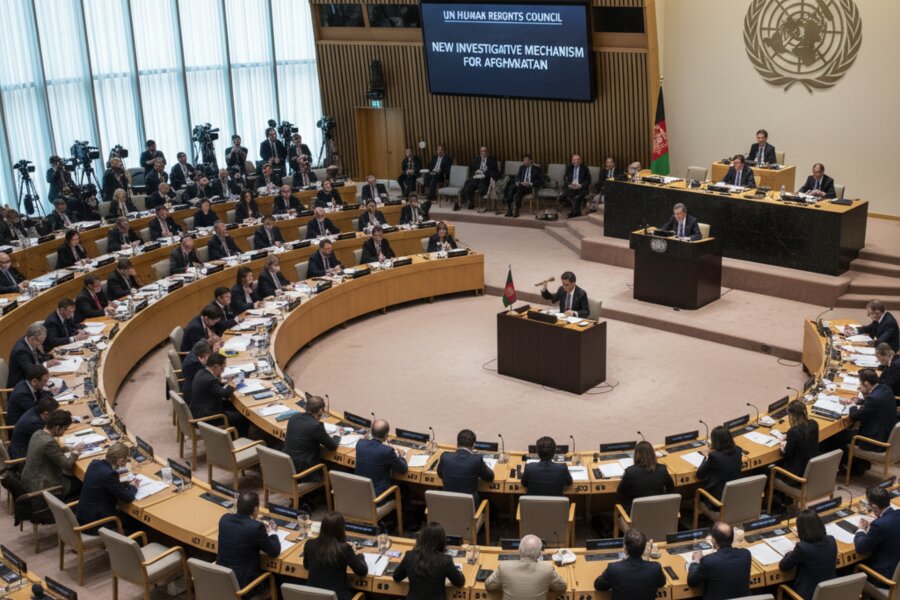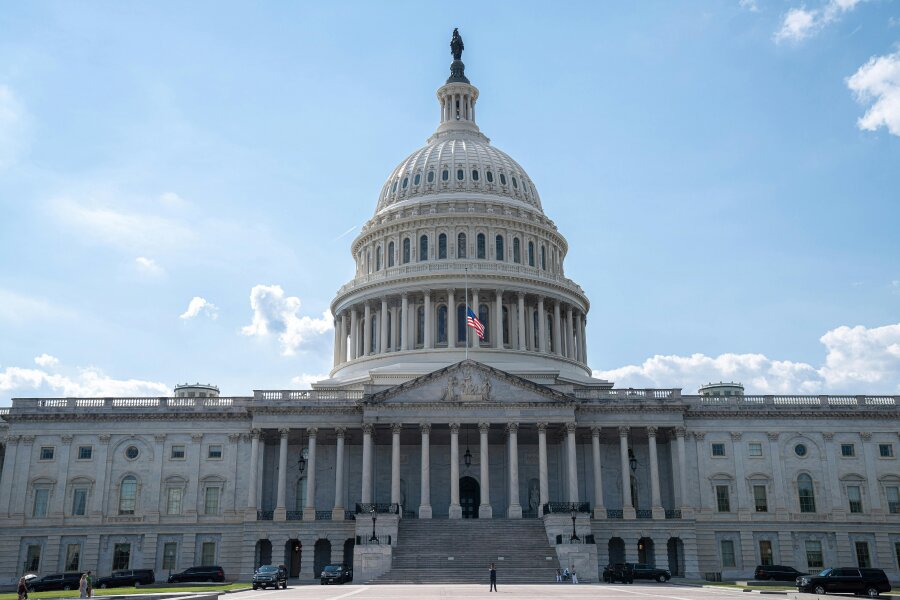Best Art & Cultural Property Law Lawyers in Talisay
Share your needs with us, get contacted by law firms.
Free. Takes 2 min.
List of the best lawyers in Talisay, Philippines
We haven't listed any Art & Cultural Property Law lawyers in Talisay, Philippines yet...
But you can share your requirements with us, and we will help you find the right lawyer for your needs in Talisay
Find a Lawyer in TalisayAbout Art & Cultural Property Law in Talisay, Philippines
Art & Cultural Property Law is a specialized area that governs the creation, ownership, protection, transfer, and preservation of artistic works and cultural heritage. In Talisay, Philippines, this law covers artworks, antiques, architectural structures, artifacts, and other objects significant to national and local heritage. The field aims to safeguard the cultural identity and artistic legacy of the community while balancing the rights of creators and owners with those of the public.
Why You May Need a Lawyer
Legal advice may be necessary for a variety of reasons in the field of Art & Cultural Property Law. Common situations include:
- Ownership disputes over artworks or heritage items.
- Issues involving the sale, transfer, or export of cultural property.
- Concerns about the protection and conservation of historic sites or objects.
- Inheritance matters involving culturally significant property.
- Import/export restrictions or customs seizures involving art and antiques.
- Restitution claims (e.g., seeking return of stolen or illegally exported art).
- Compliance with government regulations on excavations, finds, or discoveries of artifacts.
- Assistance with copyright or intellectual property ownership of artworks.
- Donations, loans, or bequests of cultural property to museums, churches, or public entities.
- Advising organizations or government units on proper cultural property management.
Local Laws Overview
Art & Cultural Property Law in Talisay is shaped by national statutes and local ordinances. Key laws include:
- Republic Act No. 10066 (National Cultural Heritage Act of 2009): Establishes a legal framework for protecting the country’s cultural heritage, including buildings, documents, and artifacts. It defines categories such as National Cultural Treasures, Important Cultural Property, and Heritage Zones, and sets out penalties for damaging or illegally trading such items.
- Republic Act No. 8293 (Intellectual Property Code): Provides for the protection of original works of art, including copyright law applicable to creators.
- Presidential Decree No. 374 and Republic Act No. 4846 (Cultural Properties Preservation and Protection Acts): Set rules on the discovery, registration, and exportation of cultural properties.
- Customs Laws: Control the export and import of art and heritage property to prevent illegal trade.
- Local Ordinances: Talisay may have specific guidelines for the preservation of historical sites and local heritage properties within its jurisdiction, including protocols for construction or renovation in heritage zones.
It is important to consult with local authorities or legal experts to understand proper procedures and restrictions related to cultural property in Talisay.
Frequently Asked Questions
What is considered "cultural property" under Philippine law?
Cultural property includes objects, sites, artworks, artifacts, documents, or structures of artistic, historical, scientific, or cultural importance, whether public or private, movable or immovable.
Do I need permission to sell or export an old artifact or artwork?
Yes. The sale or export of certain cultural properties may require clearance from the National Commission for Culture and the Arts (NCCA) or the National Museum, especially if the item is classified as heritage or cultural property.
Can privately owned objects be declared as national cultural treasures?
Yes, privately owned objects can be declared national cultural treasures if they possess outstanding historical, cultural, artistic, or scientific value. Owners may be subject to certain obligations to preserve these items and may be eligible for incentives.
What should I do if I discover archaeological artifacts on my property in Talisay?
You are required by law to report any discoveries of artifacts or historic remains to the National Museum or local authorities immediately. Unauthorized excavation or removal may result in penalties.
Are there restrictions on altering heritage buildings in Talisay?
Yes. Any repairs, renovations, or alterations to buildings classified as heritage structures generally require permits and clearance from relevant authorities to ensure the work does not compromise the cultural value.
How are disputes over ownership of art or antiques resolved?
Ownership disputes are handled through legal proceedings, with courts considering documentation, provenance, and applicable laws. A lawyer can help establish rightful ownership and represent parties in disputes.
How can copyright protect my artwork in Talisay?
Original works are automatically protected under copyright upon creation. Registration with the Intellectual Property Office can strengthen claims if infringement occurs.
Can churches own and manage their own relics and artifacts?
Yes. Religious organizations often own historic objects, but may also be subject to national and local heritage laws regarding preservation and management.
What penalties apply for illegal trade or destruction of cultural property?
Penalties include fines, imprisonment, and confiscation of the property. More severe punishments apply to those who deliberately damage or traffic in protected items.
How do I donate or loan cultural property to a museum?
Donation and loan procedures usually require documentation and agreements between the owner and the museum or institution. Legal counsel can ensure all requirements are met and rights are protected.
Additional Resources
For more information or assistance regarding Art & Cultural Property Law in Talisay, consider reaching out to:
- National Museum of the Philippines - For matters relating to registration, classification, and preservation of cultural property.
- National Commission for Culture and the Arts (NCCA) - Oversees national policies and provides assistance for cultural heritage affairs.
- Intellectual Property Office of the Philippines (IPOPHL) - For questions relating to copyright and protection of artistic works.
- Local Government Unit (LGU) of Talisay - City Cultural Affairs Office or Heritage Council for matters concerning local heritage sites and ordinances.
- Accredited Museums and Libraries - For guidance on loans, donations, or research on artifacts.
- Local Law Firms or Legal Aid Offices - For personalized legal advice and representation.
Next Steps
If you require legal assistance concerning Art & Cultural Property Law in Talisay, Philippines, consider the following steps:
- Identify your issue: Clearly establish what your concern or need is - whether it’s about ownership, export, preservation, or another matter.
- Gather relevant documents: Collect any proof of ownership, provenance, photographs, permits, or relevant correspondence for easier legal assessment.
- Consult a qualified lawyer: Seek out a lawyer experienced in cultural property or heritage law. Many law firms offer initial consultations and can assess the strength of your case.
- Reach out to local or national offices: Inquire with the National Museum, NCCA, or your LGU’s cultural office for guidance, registration, or necessary permits.
- Follow legal processes: Ensure all actions, such as reporting a find or transferring a property, comply with applicable laws to avoid penalties.
Proactively seeking professional legal advice and complying with relevant laws is crucial for the responsible stewardship of art and cultural property in Talisay, Philippines.
Disclaimer:
The information provided on this page is for general informational purposes only and does not constitute legal advice. While we strive to ensure the accuracy and relevance of the content, legal information may change over time, and interpretations of the law can vary. You should always consult with a qualified legal professional for advice specific to your situation. We disclaim all liability for actions taken or not taken based on the content of this page. If you believe any information is incorrect or outdated, please contact us, and we will review and update it where appropriate.







